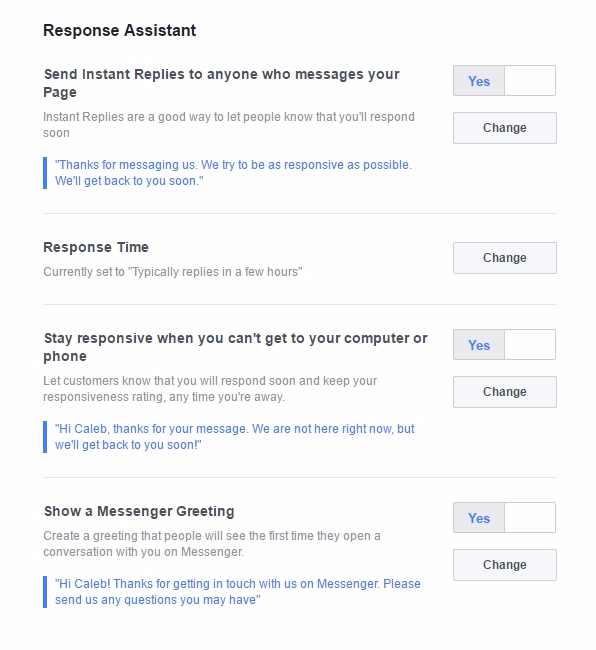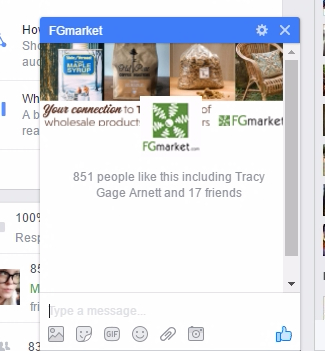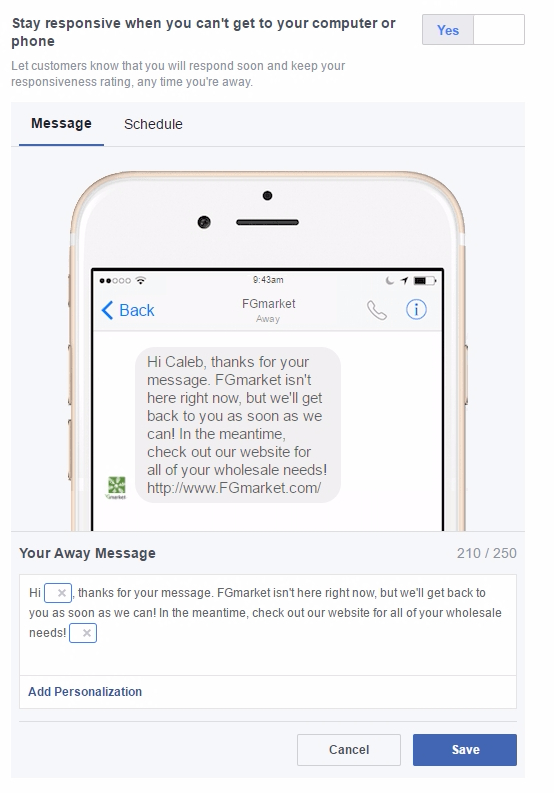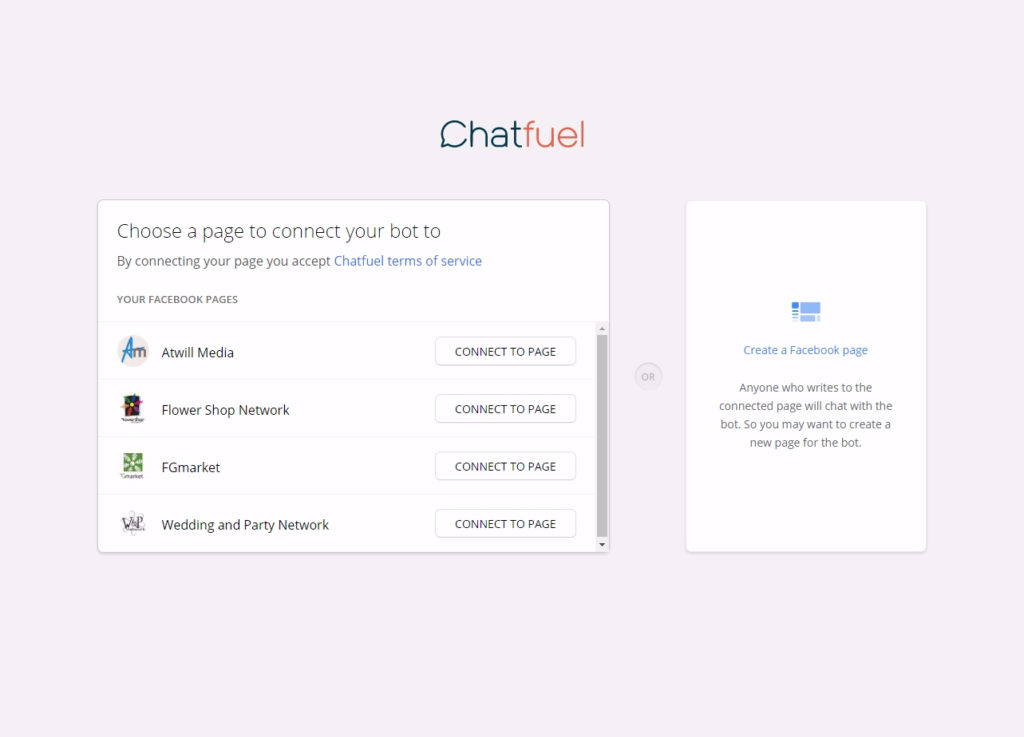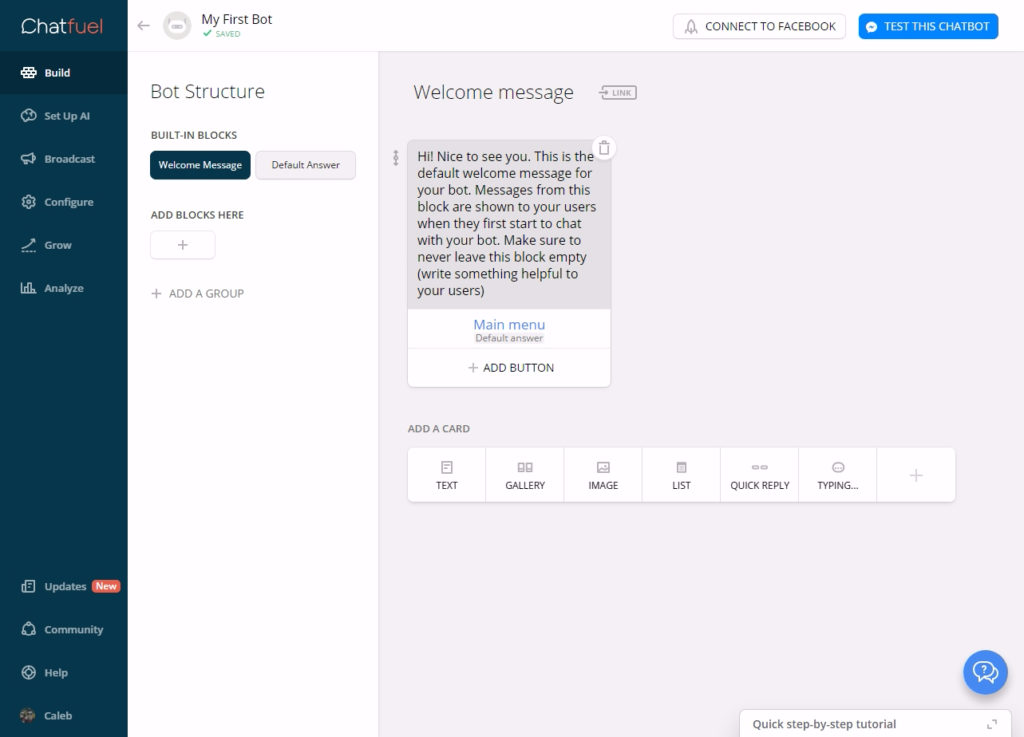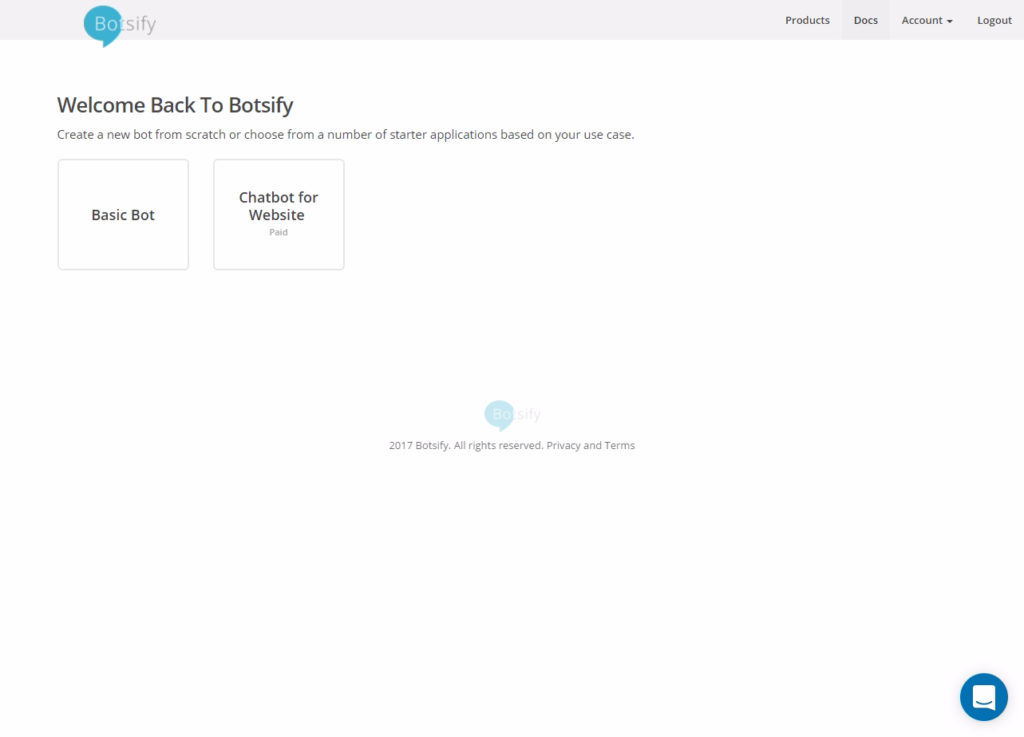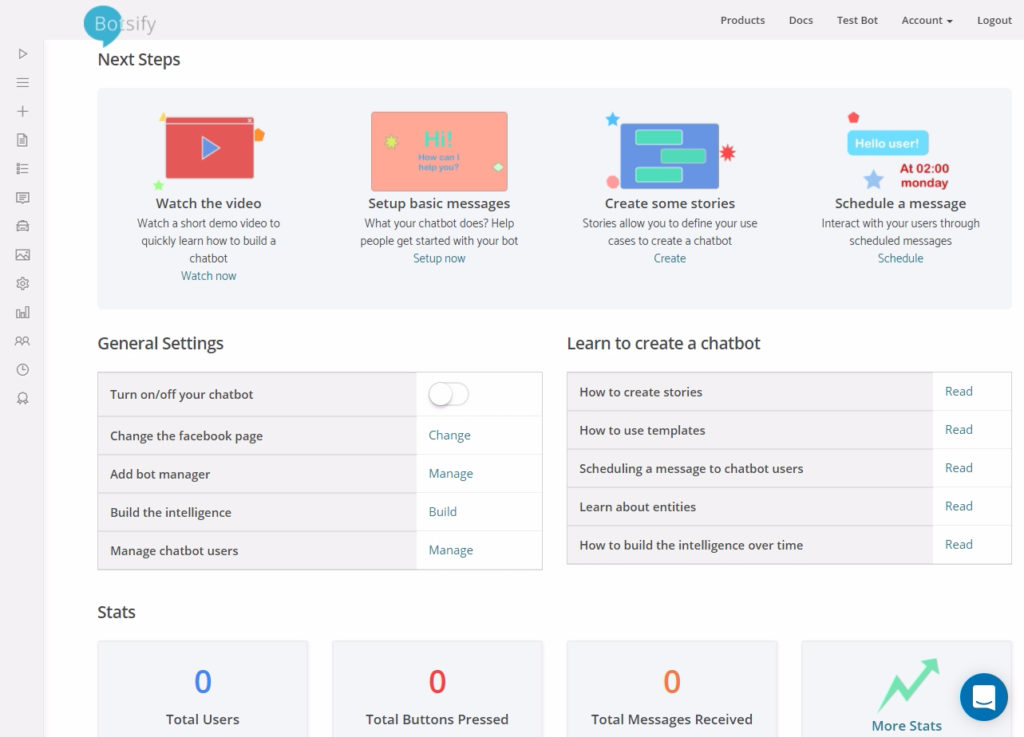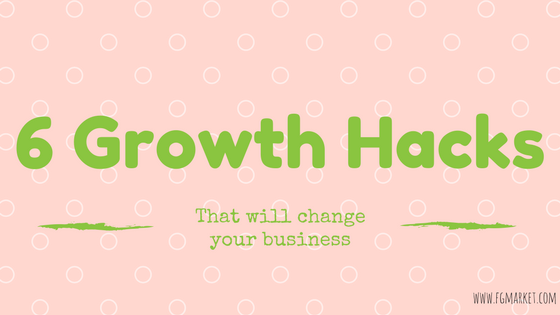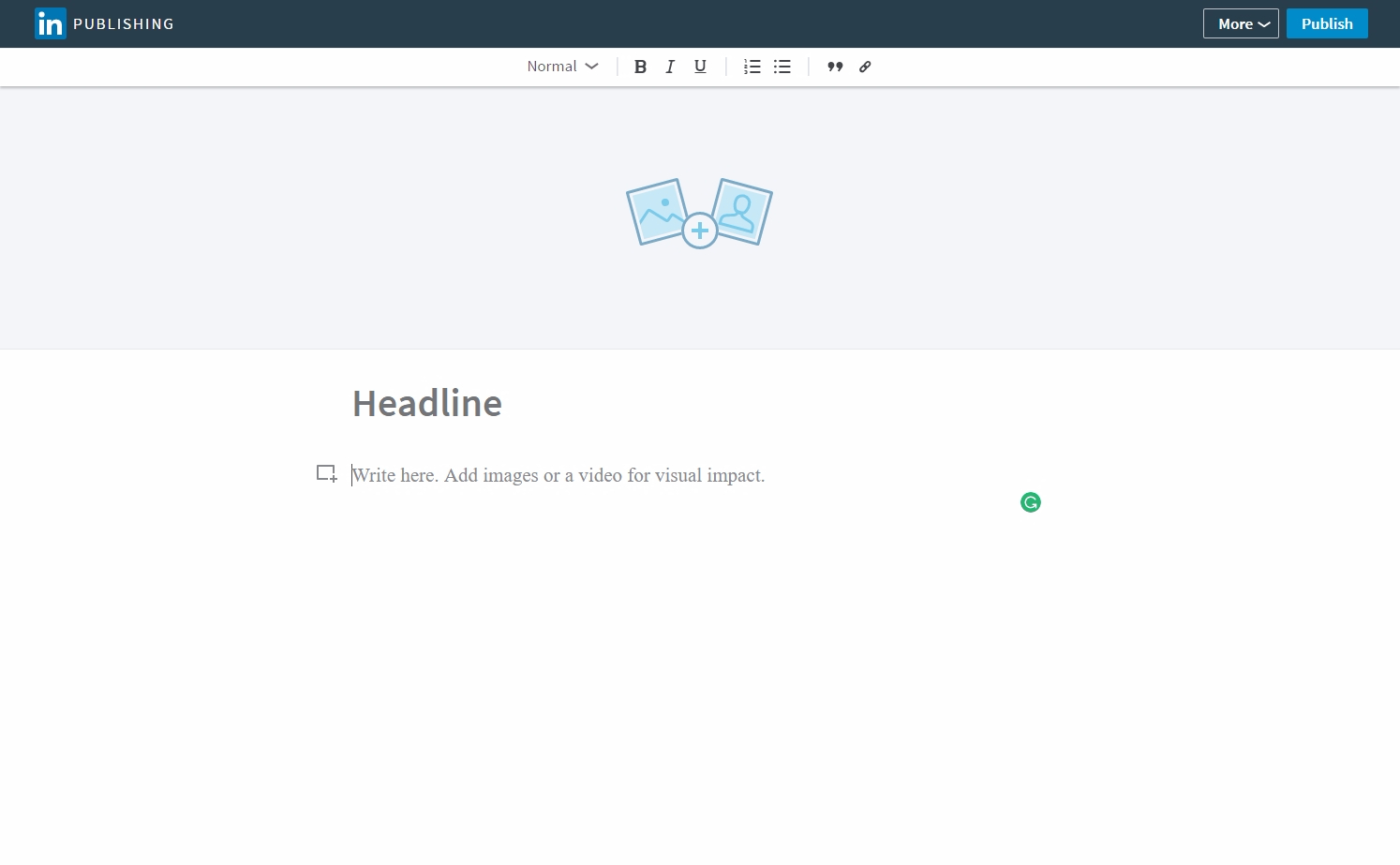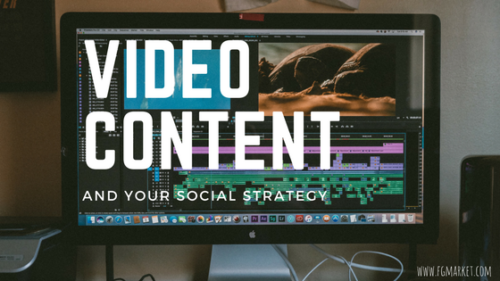
You’ve probably heard about this trend: simple blogging is heading out the door. Video marketing is the new king of content.
For the most part, that statement is correct. Although, that doesn’t mean you should drop blogging and traditional content creation altogether. What it does mean, however, is that your business should be pivoting toward adding video to your marketing strategy.
Video content is the most consumed form of content on the internet today. In fact, according to YouTube, almost 5 billion videos are viewed on their website every single day. Not only that, in just one month, users have watched 3.25 billion hours of video content.
Those numbers are staggering, and when we start adding in the number of hours users watch Facebook, Twitter, Instagram, and Snapchat videos, it grows exponentially. It’s hard to comprehend just how many hours of video content exists on the internet, but from these statistics, it should be obvious that it’s time for your company to dive into using video content as well.
Getting Started
In order to have video content for your social media accounts, you’ll first need to create your own video content.
There are lots of great and easy to use video editing software available, and many computers come preloaded with simple editing programs, like iMovie or Windows Movie Maker.
There are also great programs that won’t cost you an arm and leg to purchase, such as Movavi.
And if you are really serious about creating videos, and have someone who’s willing to put in the time and effort, Adobe Premiere Pro and Final Cut Pro are high-end options that offer amazing tools and features to make your videos look as stunning as Hollywood blockbusters.
All of the video editing programs offer helpful tutorials to walk you through the basics of editing and exporting your video creations.
If you need even more help, YouTube is a wealth of knowledge when it comes to tutorials, and they are completely free!
Where To Post
After you’ve created your video, the next step is to decide where to post it. YouTube is the most obvious destination, and anyone serious about creating content for the internet should have a YouTube account to store all of your videos in one place.
But that doesn’t mean that YouTube is the best place to upload your content if you’re wanting to share videos on Facebook, Twitter, Instagram, etc.
Facebook has re-engineered its News Feed algorithm many times over the years, but one of the major changes that is important for guaranteeing your content gets seen is its treatment of YouTube links.
Facebook penalizes direct YouTube links on its website by making sure that these links don’t show up in users’ timelines as often as video files that are directly uploaded to Facebook. When posting your video to Facebook, always make sure you’re uploading the video file directly to Facebook. This also guarantees that you’ll be able to view the analytics of your video, to see how many views it’s gotten, how much engagement, etc.
Twitter and Instagram work in the same way, although with Instagram you will have to upload your video content through a mobile device, such as a cellphone or tablet.
Uploading and posting your video content directly ensures that they will be made a priority on users’ timelines, and gives them a greater chance of being viewed by your customers.
Sponsored Content
So what do you do if your video content isn’t performing as well as you’d hoped online?
Sponsored content is the answer you’re seeking.
Whenever you want to boost your post and make sure it gets in front of more people, Facebook and other social sites usually offer a paid sponsored content option.
For Facebook and Instagram, you can set up your sponsored post for both websites from one hub, since Facebook owns Instagram. Usually, Facebook will suggest you boost a post if it is doing well, or if it’s not getting as much interaction as it should. There will be a button that says “Boost Post” on the post itself. Here’s a handy guide from Facebook to get you started.
The great thing about sponsored posts is that you can also target certain groups of people with your video, including those in certain age, gender, and regional groups.
Video content will only continue to grow year by year. Start implementing it into your social media marketing strategy and watch it change your company for the better!





